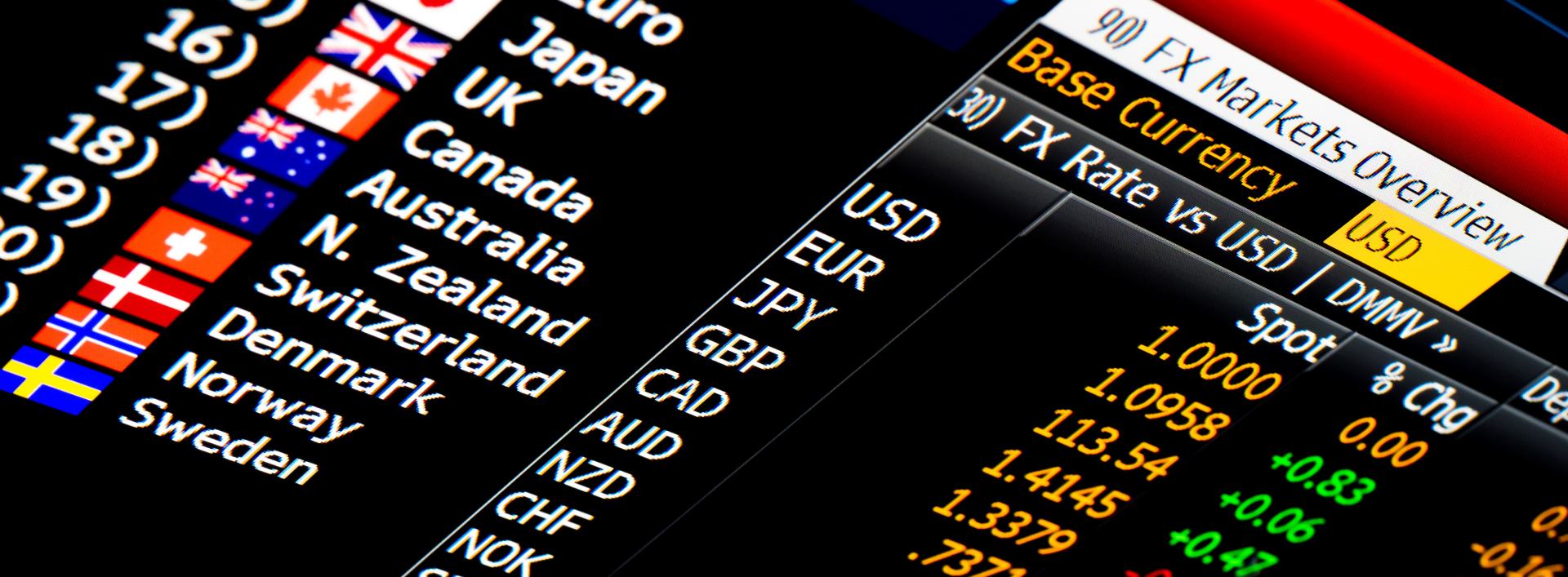In today’s globalised economy, commodities traders face significant challenges related to foreign exchange (FX) volatility. Engaging in cross-border transactions introduces risks from fluctuating currencies, which can impact profitability, competitive positioning, and financial stability. This article explores FX risk management strategies tailored to the commodities industry, leveraging sophisticated financial tools to mitigate these risks.
Understanding FX Risk in the Commodities Industry
The commodities industry is inherently global, with firms involved in international trades of raw materials and complex supplier networks. While globalisation opens growth opportunities, it also exposes companies to significant currency risks, making effective management critical to sustaining financial performance.
Types of FX Risk
To manage FX risk effectively, commodities traders must first understand the types of exposure they face:
- Transaction Risk: This arises from the time delay between contractual agreements and actual settlements. For example, purchasing crude oil in euros but paying in US dollars later can lead to losses if exchange rates shift unfavourably, eroding profit margins.
- Translation Risk: Also known as accounting exposure, this affects firms with foreign operations. Fluctuating exchange rates alter the reported value of foreign subsidiaries’ earnings when converted into the parent company’s currency.
- Economic Risk: This reflects the long-term impact of currency fluctuations on a company’s market value and competitive standing. For instance, if a domestic currency strengthens, a commodities firm may lose market share abroad due to more expensive exports.
The Impact of Currency Fluctuations on Commodities Traders
Currency fluctuations exert pressure on commodities traders, affecting various operational aspects:
- Profit Margins: Unfavourable exchange rate movements can compress profit margins, especially when input costs and revenues are denominated in different currencies.
- Pricing Strategies: Volatile currency movements force frequent price changes, potentially disrupting customer relationships and weakening market positioning.
- Supply Chain Management: FX volatility can lead to operational inefficiencies in supply chains, increasing procurement costs and reducing domestic competitiveness.
- Budgeting and Forecasting: Exchange rate unpredictability complicates long-term financial forecasts, making strategic planning and capital expenditure decisions more challenging.
Effective Strategies for Managing FX Risk
To mitigate the effects of currency fluctuations, commodities firms need to deploy tailored strategies.
1. Hedging Techniques
Hedging remains a cornerstone of FX risk management. It utilises financial instruments to mitigate exposure to adverse currency movements.
- Forward Contracts: These contracts lock in an exchange rate for future transactions, eliminating uncertainty around currency costs and protecting against potential market shifts.
- Natural Hedges: Aligning cash inflows and outflows in the same currency, rather than using financial derivatives, can offset currency exposure without incurring hedging costs.
2. Diversification of Markets and Suppliers
Diversifying across markets and suppliers reduces concentration risk.
- Global Sourcing: By sourcing from multiple countries, firms can hedge against regional currency volatility.
- Geographical Market Expansion: Selling commodities across various markets helps spread revenue streams across multiple currencies, stabilising overall cash flow.

3. Dynamic Pricing Strategies
Flexible pricing strategies account for currency fluctuations, protecting revenue streams without alienating customers.
- Currency Clause Agreements: Including clauses in contracts allows price adjustments based on exchange rate movements, maintaining fairness and protecting profitability.
- Regular Price Reviews: Periodically adjusting prices ensures they reflect current FX conditions, mitigating the impact of volatility without frequent changes.
4. Robust Financial Planning and Analysis
Advanced financial planning is crucial in navigating FX risks in a volatile environment.
- Currency Forecasting: Leveraging macroeconomic indicators and market trends allows companies to anticipate currency movements and make informed decisions.
- Sensitivity Analysis: Stress testing hedging strategies ensures they remain effective under varying market conditions.
5. Leveraging Technology for FX Risk Management
Technology enhances efficiency and accuracy in FX risk management.
- Automated Trading Platforms: These platforms enable real-time execution of FX strategies, reducing transaction costs and operational errors.
- Real-Time Monitoring: Access to live currency data helps firms react swiftly to market changes, making informed decisions about hedging and pricing.
- Advanced Data Analytics: Analytics tools provide valuable insights into currency trends, helping firms forecast market anomalies and improve decision-making.
The Importance of Proactive Risk Management
A proactive approach to FX risk management offers key advantages:
- Protecting Profit Margins: Hedging and forecasting strategies help safeguard margins against adverse currency movements.
- Improving Competitiveness: Effective risk management maintains consistent pricing strategies, enhancing relationships with customers and suppliers.
- Facilitating Strategic Decisions: Reduced uncertainty around currency fluctuations allows for better investment planning and resource allocation.
- Enhancing Financial Reporting and Compliance: Accurate financial reporting and compliance with regulatory requirements are bolstered by proactive FX management.
Conclusion
FX risk is an inherent aspect of operating in the global commodities industry, but with the right management strategies, companies can mitigate this exposure. By implementing advanced hedging techniques, robust financial planning, and leveraging technology, commodities traders can navigate FX volatility more effectively. With proactive risk management, companies can protect their financial performance and position themselves for sustained growth in international markets.




